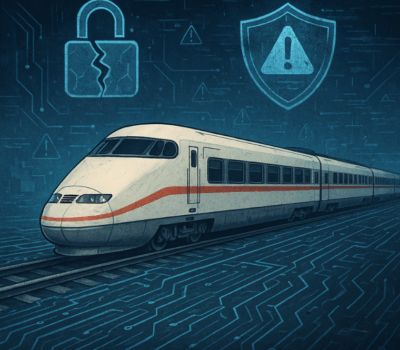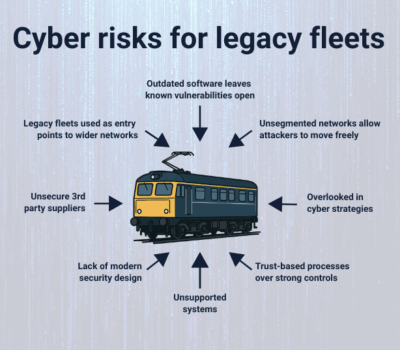Rail Maintenance for Optimal Performance
Optimising your maintenance processes offers numerous benefits and can significantly enhance the overall efficiency and reliability of your trains and depots. By adopting proactive measures such as regular inspections, predictive maintenance, and condition-based monitoring, rail operators can identify and address issues before they escalate, minimising the risk of unexpected breakdowns and disruptions.
Benefits of regular rail maintenance
The use of modern technologies, data analytics, and standardised processes not only enhances the accuracy of maintenance activities but also optimises resource allocation, reducing operational costs. Efficient rail maintenance ensures the longevity and optimal performance of critical components, leading to improved safety, increased system reliability, and ultimately, a seamless and reliable transportation service for passengers and freight alike. Perhaps more importantly, it can foster a culture of continuous improvement, allowing operators to adapt to evolving challenges and advancements in the rail industry.
How to enhance your rail maintenance activities
We’ve collated some practical strategies to boost your maintenance work. These tips include using technology and regularly reviewing how you operate, all aimed to make your maintenance more effective and efficient.
- Regular inspections and predictive maintenance: Conduct regular inspections and invest in predictive maintenance technologies to identify potential issues before they escalate. This proactive approach helps in preventing breakdowns and ensures optimal performance.
- Utilise data analytics: Use data analytics to gather insights from historical maintenance records, performance data, and sensor readings. Analysing this information helps identify patterns, predict failures and optimise maintenance schedules.
- Implement condition-based monitoring: Employ condition-based monitoring systems to continuously assess the health of your rail assets. Real-time monitoring of critical components helps detect anomalies and schedule maintenance based on actual conditions rather than fixed intervals.
- Invest in modern technology: Embrace advanced technologies such as drones, sensors, and artificial intelligence to streamline inspection processes. These technologies can provide more accurate and timely data, facilitating faster decision-making.
- Implement a robust asset management system: Establish a comprehensive asset management system that includes an inventory of all rail assets, their condition, and maintenance history. This helps optimise resource allocation and planning for future upgrades.
- Employee training and skill development: Ensure that maintenance personnel are well-trained and up-to-date with the latest technologies and maintenance practices. Skilled personnel contribute significantly to the efficiency of maintenance operations.
- Optimise workforce planning: Develop a well-structured workforce plan to ensure that skilled personnel are available when needed. This includes optimising shift schedules, cross-training employees, and having contingency plans for unexpected maintenance demands.
- Standardise processes: Standardise maintenance processes and procedures to improve efficiency and consistency. Having standardised protocols ensures that tasks are performed systematically, reducing the likelihood of errors and improving overall effectiveness.
- Emphasise safety protocols: Prioritise safety in all maintenance activities. Implementing rigorous safety protocols protects personnel and contributes to the longevity and reliability of rail infrastructure.
- Continuous improvement culture: Foster a culture of continuous improvement within the maintenance team. Encourage feedback, analyse performance metrics, and implement lessons learned to constantly refine and enhance maintenance processes.
Get in touch!
If you need specialist support with any of the practices outlined – get in touch. Our comprehensive Maintenance Optimisation and Depot Continuous Improvement services provide everything you need to incorporate these practices into your operations, allowing you to streamline your maintenance processes, minimise downtime, and achieve optimal performance.






